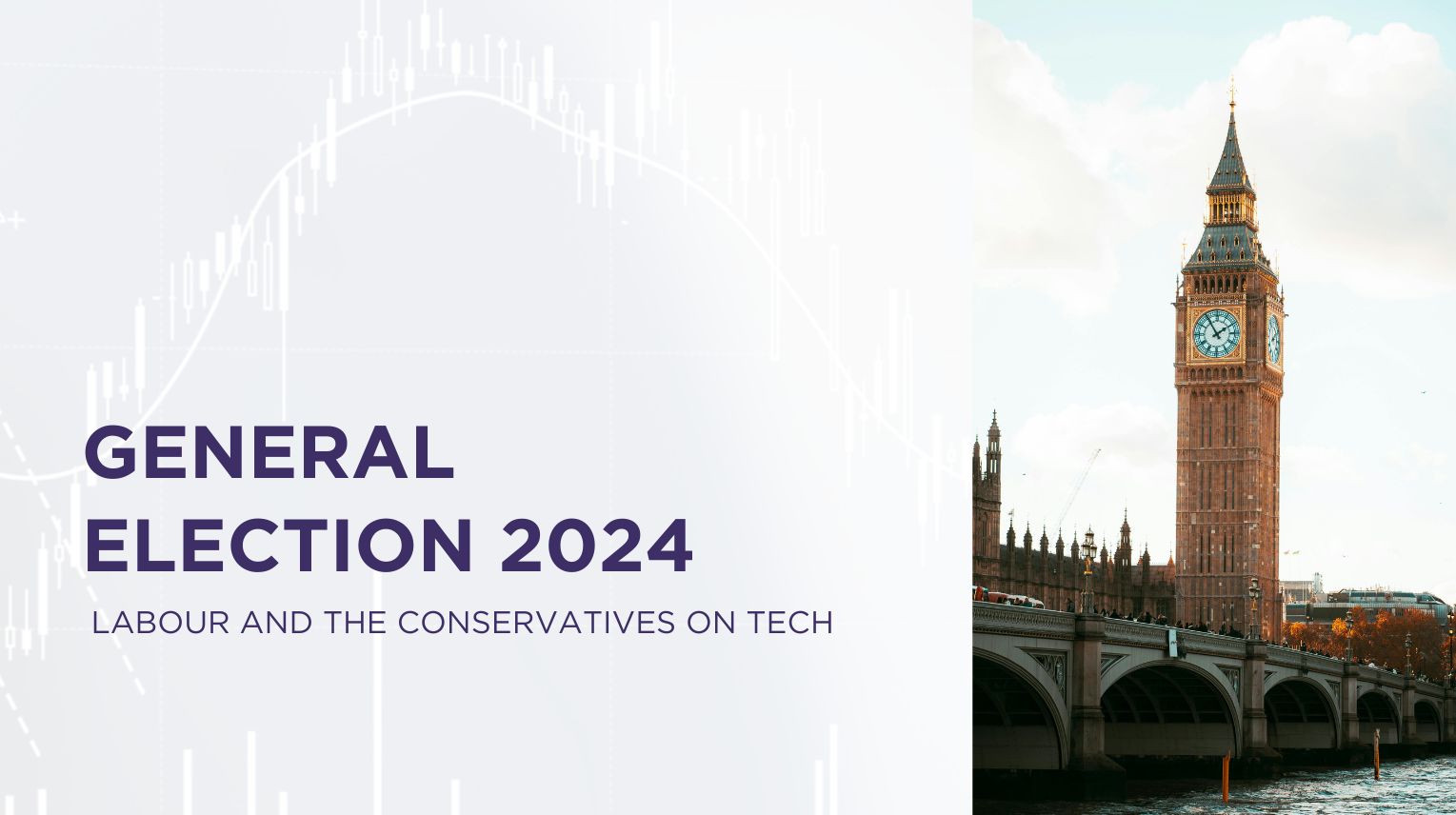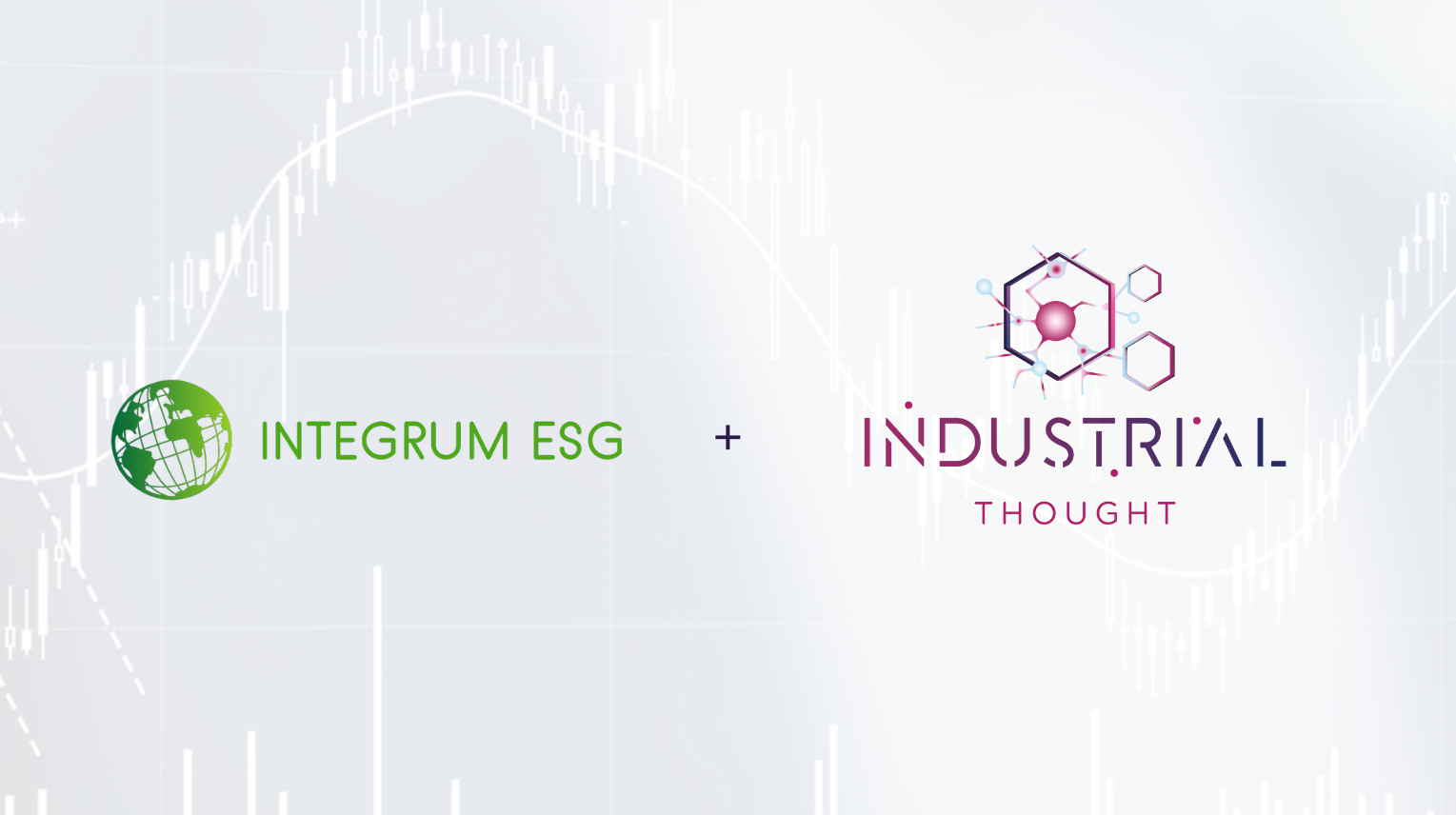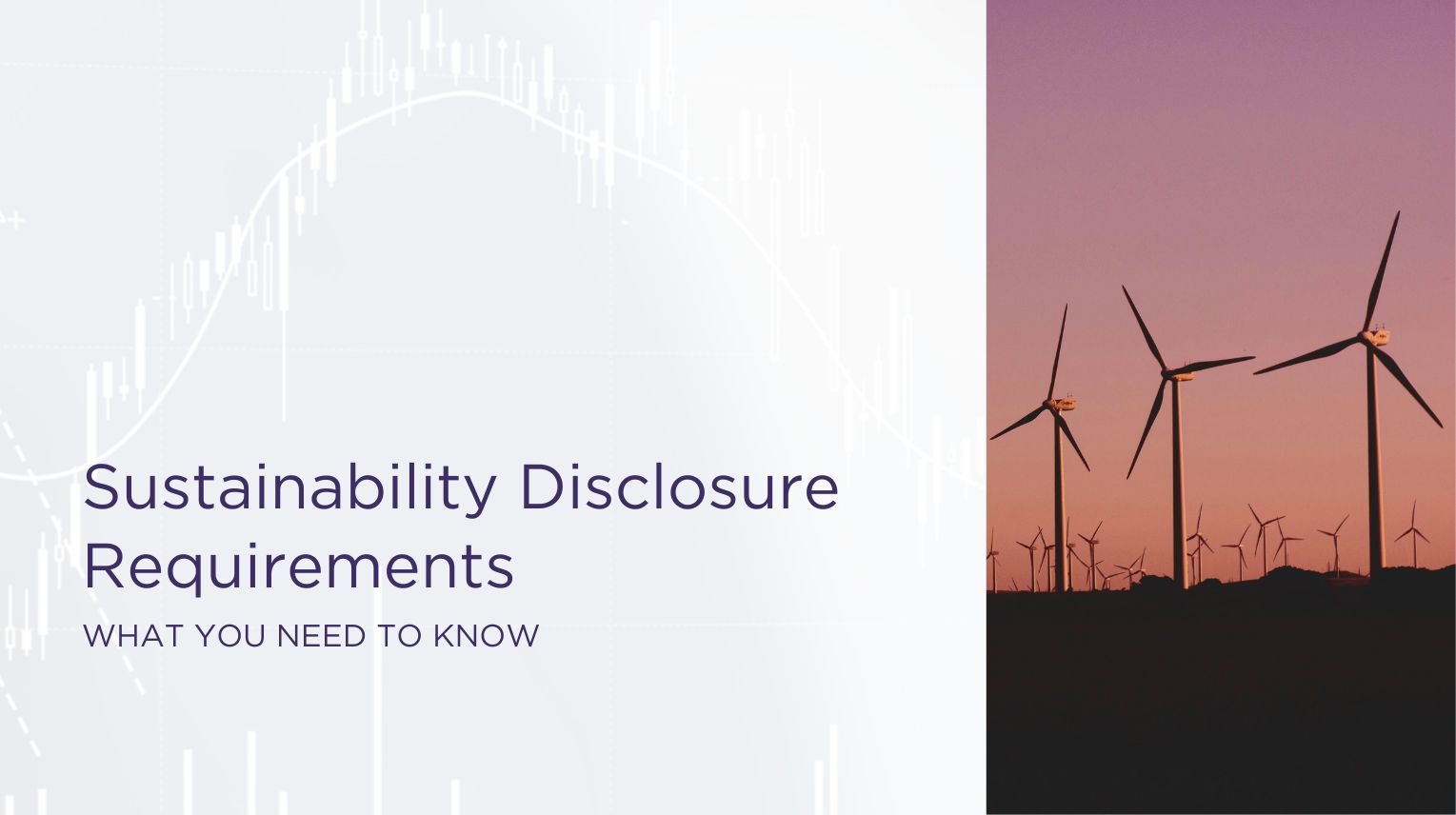Industrial Thought Ltd, a group of companies specialised in investment taxation, financial data, and related consultancy services, announces the resignation of its Group CEO, Nuno Godinho, who has taken the decision to step back for personal and family reasons.
There will be no immediate managerial changes within the group, and the decision will not impact the operations of its subsidiaries as each company has its own strong management structure in place.
David Pirrie, Chairman of Industrial Thought Ltd. and Founder of FSL said: “I would like to thank Nuno for his contribution and share our best wishes. As always, Industrial Thought Ltd. remains firmly committed to meeting its customers’ needs and maintaining the highest level of service. I have every confidence in our highly capable team as we continue to concentrate on developing our core business and serving our stakeholders to the best of our abilities.”
Mike Baker is making a significant impact consulting for ITL as we strategise our next stage of growth. With around 30 years of experience in the wealth management sector, Mike most recently occupied the position of MD for the progressive financial software company FinoComp, part of Bravura. Solutions Group. He has some extremely valuable insights about how industry players can maintain their edge as they adapt to a rapidly changing financial environment.
‘My goal is to work with Nuno and the team to streamline the group’s positioning and define and execute its strategy focusing on the wealth management space. There are many opportunities to leverage our expertise and evolve cutting-edge products, such as FSL’s CGiX, to be more mass-market capable. At the same time, we are actively exploring other opportunities and partnerships to expand our capabilities in the marketplace.’
First published on Madyness UK on 14th April 2023.
By Nuno Godinho, Group CEO of Industrial Thought Group
Over recent years, the healthcare sector has focused on transforming the patient experience and helping providers evolve and grow through digitisation. While some of these advances were already in the works, external influences also had an impact, forcing the industry to move faster than expected. Healthcare responded well to a new wave of digital demands, adapting and reimagining its offering to create positive change across the board.
It’s time for wealth management to take similar strides in a client-centric environment requiring digital-first thinking to succeed. Moving forward, we can learn from healthcare’s wins and mistakes, as we transition into a new era of wealth management 4.0.
Drivers of change
There are many parallels between the digital drivers in healthcare and wealth management; like all industries, they combine industry trends and technology trends.
Patient satisfaction in healthcare was low, even before COVID, largely because end-to-end care pathways weren’t being considered. There was a lack of communication and standardised use of data across the board. Cyber security threats also cost billions annually, causing patients to question how their information was being protected. In the UK Government’s Cyber Security Breaches Survey 2002, finance and healthcare are the top two sectors most likely to hold personal data about their customers putting them at significant risk of a breach. These things created negative outcomes and healthcare providers weren’t armed with the right analytics to make better-quality decisions.
From a consumerisation perspective, people were used to managing their lives on a device. They expected to reach out around the clock, via any channel they chose, and have their needs met. The appetite for instant online access meant they wanted to be in the driving seat of their health. If you could order clothes or book a taxi online, why couldn’t you arrange a GP appointment in the same, seamless way? Likewise, when e-commerce offered personalised recommendations across multiple channels, backed by customer data, why couldn’t healthcare?
In wealth management, we see the same shift to digital and a wider demand for democratised products and services. According to a report from Deloitte, 40% of investors say digital access has become a greater priority, while 89% said their preferred channel would be mobile apps. And it’s not just younger investors who want to do things digitally. As patients wondered why new technologies weren’t being leveraged for their benefit, investors agree.
When smart capabilities, omnichannel communication, and cloud and edge computing exist in everyday life, key sectors like healthcare and finance need new domains that maximise their impact.
Connecting the dots
Previously the concept of a healthcare journey was characterised by areas such as health, wellness, self-treatment, investigation, diagnosis, treatment, recovery, rehab, and monitoring. But the journey wasn’t individualised to the patient. Neither was it digitally accessible. During the first wave of digitisation in healthcare, the patient portal was introduced. Client portals were actually created earlier in wealth management, but the main issue applied to both – they weren’t comprehensive enough. They offered a limited top-line view with no real actionable insights.
Then, when new tech-savvy entrants hit the market, they saw straight past the patient portal to the limitless opportunities of a digital front door. This connects all of the patient’s data in one place, with easy access points, plus the added value of analysis and trends. We are still a long way off that in wealth management, yet firms must start building a holistic approach.
Another way healthcare reacted well to change was by creating a set of standards that could be used to transfer and exchange information digitally – firstly with HL7 and then HL7 FHIR. The regulators also got involved forcing companies to comply with the new standard, as well as incorporating added data security and privacy requirements.
The financial services industry is making moves with the ISO20022 financial messaging standard. Also, TISA’s OSIP. Still, more needs to be done to achieve universality. Healthcare knew that standards would only work on an international scale. What wealth management needs now is a global framework to thrive.
Progress through partnerships
That isn’t to say there weren’t missteps made by health and wellness providers. And if we have the power of hindsight, we would be short-sighted not to use it. One of the biggest mistakes any organisation can make during times of transformation is assuming they are too big or too established to fail. We saw this happen with major healthcare players who didn’t recognise the threat posed by new entrants. In fact, they weren’t even on their radar. It’s also dangerous for companies to assume they can digitise their systems and processes alone. Successful transformation and innovation are about partnerships. They require collaboration and common ground, another reason why it’s crucial to have a shared set of industry standards created by trade bodies and industry experts who agree.
Thankfully, plenty of impressive healthcare partnerships have developed to set a strong example. They include the Kantaro Biosciences joint venture between Mount Sinai Health System and RenalytixAI, which produced a new set of COVID-19 diagnostic tests. Or Elekta and Phillips helping to streamline the path from cancer diagnosis to treatment. And elsewhere in the tech world, if Microsoft and Oracle can come together to deliver a better cloud experience, no one can dispute the power of cooperation – even between competitors.
Priorities for the future
There’s no doubt that the financial services industry, and specifically the wealth and asset management industry, needs technology to enhance its offering and deepen relationships. That starts with building a digital front door that can federate identities, connect assets, and maintain a single KYC process. As a result, we can create authentic end-to-end journeys and establish in-depth, personalised wealth pathways from day one.
When we talk about personalisation, the industry has always prided itself on being a business built on personal relationships. While personal relationships are key, a mindset shift is needed to realise the value of technology (when used correctly) to strengthen client ties. Effective personalisation relies on the intelligent use of data, which is only possible when we have a consolidated view of it and integrate technologies such as AI and ML into the mix. The digital front door becomes a way for advisors to understand clients better and reflect their values in their investment strategies, especially when investing with purpose is a priority for so many.
In a world where consumers expect digital experiences, everybody should be a software-led business. Everyone in the Wealth & Asset Management industry should acknowledge that and keep an open mind, searching for synergies that can deliver what investors truly want in a shifting economic and social landscape.
Written by Nuno Godinho, CEO of Industrial Thought Group
As is happening with almost all industries right now, it’s fair to first enumerate the potential advantages that will come from technology like Chat GPT (Chat GPT being one of a multitude of Generative AI solutions available, including but not limited to Google’s BARD, LLaMA from Meta, etc), or any other Generative AI technology, for the wealth management industry. This is what happens with any revolutionary technology that is sure to upend the paradigm of the day.
It is important however to highlight that this is the day of the AI large language model, and whilst it’s a subsection of AI, it’s not AI in its entirety (our industry has been using AI and machine learning for a very long time in fact, but that is a chat for another day). This particular AI spinout is only as intelligent (for now) as the data with which it is trained on. We could take it that everything on the internet is good, honest, factually correct and brimming with purpose and reason… But that would be our downfall, and seemingly is a trap that others are occasionally falling into.
Tech scions and industry pioneers like Geoffrey Hinton, Elon Musk and Sam Altman, with financial stakes in the technology, are sounding warning calls, and industries attempting to adopt Generative AI into the fold encounter new problems with each implementation of it. That is why governance on an industry-by-industry basis is critical. In the wealth and asset management industry, trust is paramount, and the power of Generative AI needs to be reckoned with thoughtfully. The first issue is the data that is used to train the technology – where does it come from? Is it verified? Is it fraudulent? Until it is trained on the right data, among all players, all the data put in and all the data verified, the sorts of data that are currently held in the incumbent companies such as ours (FSL & Raw Knowledge) and our partners – it will forever be biased if it isn’t ALL the data. With bias comes a lack of trust, and we, the wealth management industry are custodians of peoples’ earnings, their livelihoods.
Trust and transparency must come first.
Crucially, governments must, and certainly will, impose some kind of regulations, yet we do not know when and how that will be. Industries and corporations can do their own due diligence by creating a marketplace to share their respective data so that the technology can be trained appropriately. Think of it as a central point that amasses the data from different sources and normalises it to be one, coherent, accessible and comparable library.
One marketplace can act similarly to how products such as Apple Health do for access to medical and wellness data – a central platform that pulls the data from numerous sources, devices and specialists, making it comparable and accessible for other Apps and healthcare providers whilst making it understandable and personal to the end user, it’s the hub API for millions of users and use cases. AI applications across wealth management will never be trustworthy or truly useful without the access, the open banking equivalent if you will, for the data – it always comes back to training the AI fairly and accurately.
The large language models are fascinating and useful however, as mentioned they can speed up front-of-office tasks a million times over, automating the fluff and allowing those that know how to develop and work alongside the technology for the good of the industry. And this is key, “those that know how”, as it stands today, Generative AI is liable to generate biased results unless you know exactly what to do in the prompt, despite the proliferation of specialists sharing the secrets of prompting it. One of the biggest learning curves for the majority is not what Generative AI is capable of, it is how to ask it the right thing.
Generative AI will undoubtedly accelerate wealth and asset management because it will enable much better personalisation, from understanding the customer better, to even being able to better communicate with the customer, it will strengthen and multiply connections and relationships. From a wealth manager’s perspective, the relationship is going to be much closer and much more personalised because you will now have the ability to search and discover what you previously could not, at speeds and depths not possible through human effort alone. AI will also speed up the creation of new advisory companies. Some of the things that you can do with Generative AI is create a new business model, build a business plan, and generate a new webpage, quicker, focusing more time on the value-added elements of wealth management – but it will take time before it can build portfolios and actually know market positions. Think about it, with AI as your sidekicks, a CEO, Product Manager/lead and a COO are capable, the three of them, in building out in a matter of days, functions and activities that prior to this tech would take an established team of 20+ months…
Done right, Generative AI is already an opportunity for positive change, but with great power comes… All I am trying to say is that the industry should test, learn, and collaborate and with guidance and a level head, it will better serve us all.
The investment landscape has changed dramatically over the past few decades – environmental, social and governance concerns, ranging from a depleting ozone layer and unethical supply chains to corruption concerns and gender discrimination, have ushered in a new form of investing: sustainable and ethical investing. The practice of sustainable and ethical investing aims to produce sustainable outcomes while providing the same (or hopefully higher) returns as traditional investments. There are numerous benefits to this strategy.
Firstly, sustainable and ethical investing has the intrinsic aim to improve the world. Adopting ESG investment models at a client’s request will therefore help push the needle towards a cleaner, more equitable world. The use of an ESG investment model also has the benefit of modernising an investment practice – the investing landscape has evolved to consider ESG as a mainstay, making it vital that investment and wealth managers employ a tool that allows them to factor in ESG preferences and, as a result, stay up to date.
Sustainable and ethical investing may also provide a monetary benefit – a Morningstar analysis discovered that “surviving sustainable funds (those that existed 10 years ago and still exist today) outperformed their surviving traditional funds over a 10 year period”. Similarly, research by the Morgan Stanley Institute for Sustainable Investing found that “sustainable equity funds outperformed their traditional peer funds by a median total return of 4.3 percentage points”. While no investment is risk-free, sustainable and ethical investing does appear to provide a more than a financial benefit to those engaged in the practice, which may increase the client’s satisfaction.
Another benefit of sustainable and ethical investing is that it allows those involved in the investment decision making process to comply with current sustainability regulations and those that are likely to come. Regulators are increasingly seeing the importance of sustainability, with MiFiD II, the FCA’s new sustainable fund labels and more launched in a bid to promote transparency within the financial industry and to protect consumers. Investment managers who discuss sustainable and ethical investing into their clients are therefore not only adhering to the rules in place today, but are also setting themselves up for a smoother transition into the rules that will inevitably come in the future as the world moves towards a more sustainable outlook.
Sustainability is here to stay, and the investment industry can welcome the practice by observing the host of benefits it provides. The world is slowly taking steps towards becoming cleaner and greener, and the financial industry holds a pivotal key to unlocking this bright future.
ETHiX can enrich ESG discussions with clients, by providing an independent assessment, analysis and reporting of client portfolios and ESG models. ETHiX helps customer-facing staff to enhance their use of ESG data with ESG portfolio monitoring and optimisation. Contact us today to find out more.








